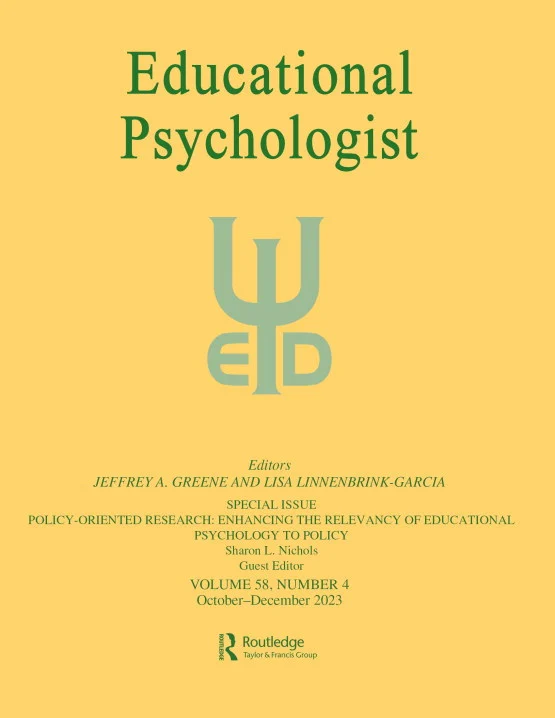Semantic congruence in arithmetic: A new conceptual model for word problem solving
IF 14.3
1区 心理学
Q1 EDUCATION & EDUCATIONAL RESEARCH
引用次数: 11
Abstract
Abstract Arithmetic problem solving is a crucial part of mathematics education. However, existing problem solving theories do not fully account for the semantic constraints partaking in the encoding and recoding of arithmetic word problems. In this respect, the limitations of the main existing models in the literature are discussed. We then introduce the Semantic Congruence (SECO) model, a theoretical model depicting how world and mathematical semantics interact in the encoding, recoding, and solving of arithmetic word problems. The SECO model’s ability to account for emblematic results in educational psychology is scrutinized through six case studies encompassing a wide range of effects observed in previous works. The influence of world semantics on learners’ problem representations and solving strategies is put forward, as well as the difficulties arising from semantic incongruence between representations and algorithms. Special attention is given to the recoding of semantically incongruent representations, a crucial step that learners struggle with.算术中的语义一致性:一个解决字问题的新概念模型
算术解题是数学教育的重要组成部分。然而,现有的问题求解理论并没有充分考虑到算术词问题编码和再编码过程中的语义约束。在这方面,讨论了文献中主要现有模型的局限性。然后,我们介绍了语义一致性(SECO)模型,这是一个描述世界和数学语义如何在算术单词问题的编码、再编码和解决中相互作用的理论模型。通过六个案例研究,包括在以前的作品中观察到的广泛影响,仔细审查了SECO模型在教育心理学中解释象征性结果的能力。提出了世界语义对学习者问题表征和解决策略的影响,以及表征与算法之间语义不一致所带来的困难。特别关注语义不一致表征的重新编码,这是学习者挣扎的关键步骤。
本文章由计算机程序翻译,如有差异,请以英文原文为准。
求助全文
约1分钟内获得全文
求助全文
来源期刊

Educational Psychologist
Multiple-
CiteScore
19.10
自引率
3.40%
发文量
16
期刊介绍:
The Educational Psychologist is a scholarly journal dedicated to exploring the psychology of learning and instruction. Articles in this journal encompass a diverse range of perspectives, from examining psychological mechanisms to exploring social and societal phenomena related to learning and instruction. The journal publishes theoretical and conceptual articles, as well as reviews and meta-analyses, that significantly contribute to theory or advance the methods used to explore educational psychology. Emphasizing innovation and advancing understanding, the journal does not publish articles solely reporting the methods and results of empirical studies; instead, all submissions, including reviews and meta-analyses, must offer clear implications for advancing theory. In addition to regular articles, the journal features special issues that delve into important themes in educational psychology, along with focal articles accompanied by peer commentary.
 求助内容:
求助内容: 应助结果提醒方式:
应助结果提醒方式:


